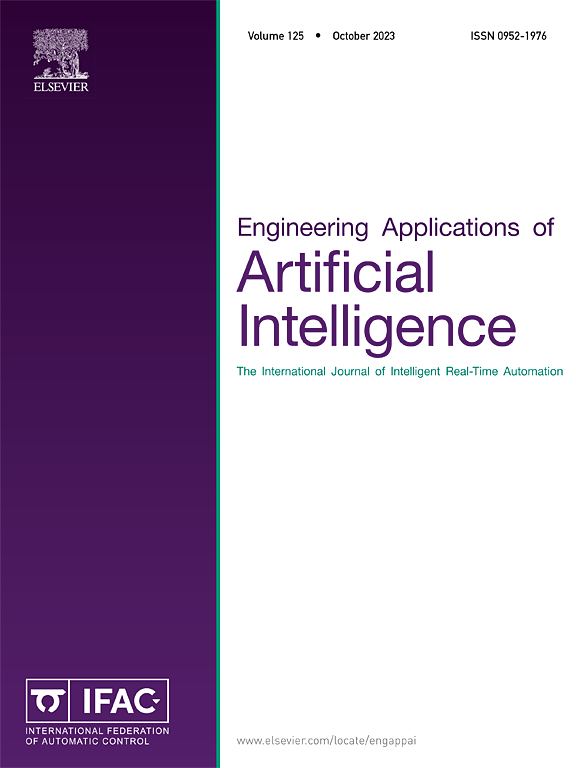Intelligent exogenous networks with Bayesian distributed backpropagation for nonlinear single delay brain electrical activity rhythms in Parkinson's disease system
IF 7.5
2区 计算机科学
Q1 AUTOMATION & CONTROL SYSTEMS
Engineering Applications of Artificial Intelligence
Pub Date : 2025-02-15
DOI:10.1016/j.engappai.2025.110281
引用次数: 0
Abstract
In this study, a novel intelligent adaptive exogenous network backpropagated with a Bayesian distributive scheme is introduced for nonlinear Parkinson's disease systems (NPDS) represented with three differential classes governing the brain's electrical activity rhythms (BEAR) at different cerebral cortex positions considering single and multiple delays in one continuing response. The computing structure is formulated with a multi-layer architecture of nonlinear autoregressive exogenous networks (NARX) with backpropagation through a Bayesian distributed algorithm (BDA). The synthetic datasets for the execution of NARX-BDA are acquired through the Adams numerical solver for NPDS involving single and multiple delays in one variable of BEAR for different sensor locations on the cerebral cortex. The designed computing structure of NARX-BDA is operated arbitrarily for acquired datasets and used for training samples for network formulation on mean square error (MSE) sense while testing samples to validate the performance on unbiased inputs. The exhaustive numerical experimentation studies are conducted for NARX-BDA in solving delayed variants of NPDS, and comparative studies are carried out through numerical solutions by means of convergence curves on MSE for training and testing instances, absolute error, error histograms, statistical studies on regression and correlation measurements to certify the performance.
求助全文
约1分钟内获得全文
求助全文
来源期刊

Engineering Applications of Artificial Intelligence
工程技术-工程:电子与电气
CiteScore
9.60
自引率
10.00%
发文量
505
审稿时长
68 days
期刊介绍:
Artificial Intelligence (AI) is pivotal in driving the fourth industrial revolution, witnessing remarkable advancements across various machine learning methodologies. AI techniques have become indispensable tools for practicing engineers, enabling them to tackle previously insurmountable challenges. Engineering Applications of Artificial Intelligence serves as a global platform for the swift dissemination of research elucidating the practical application of AI methods across all engineering disciplines. Submitted papers are expected to present novel aspects of AI utilized in real-world engineering applications, validated using publicly available datasets to ensure the replicability of research outcomes. Join us in exploring the transformative potential of AI in engineering.
 求助内容:
求助内容: 应助结果提醒方式:
应助结果提醒方式:


